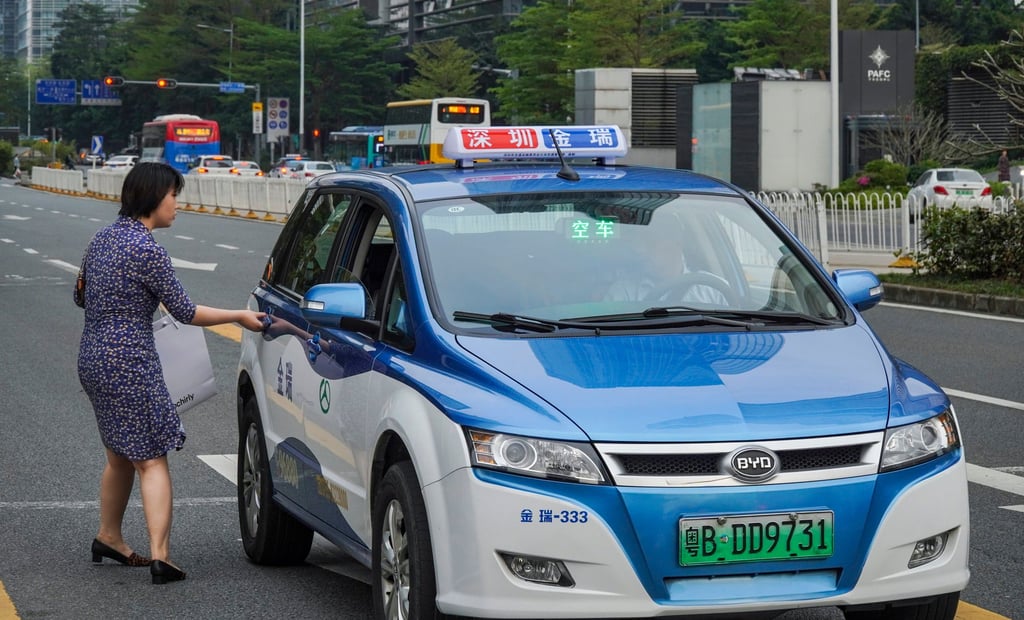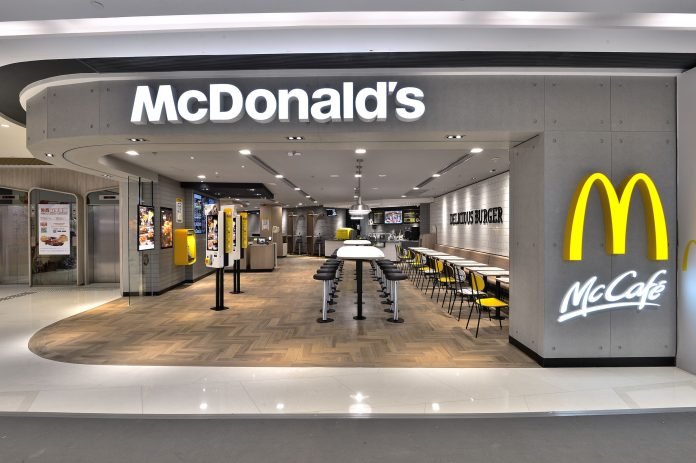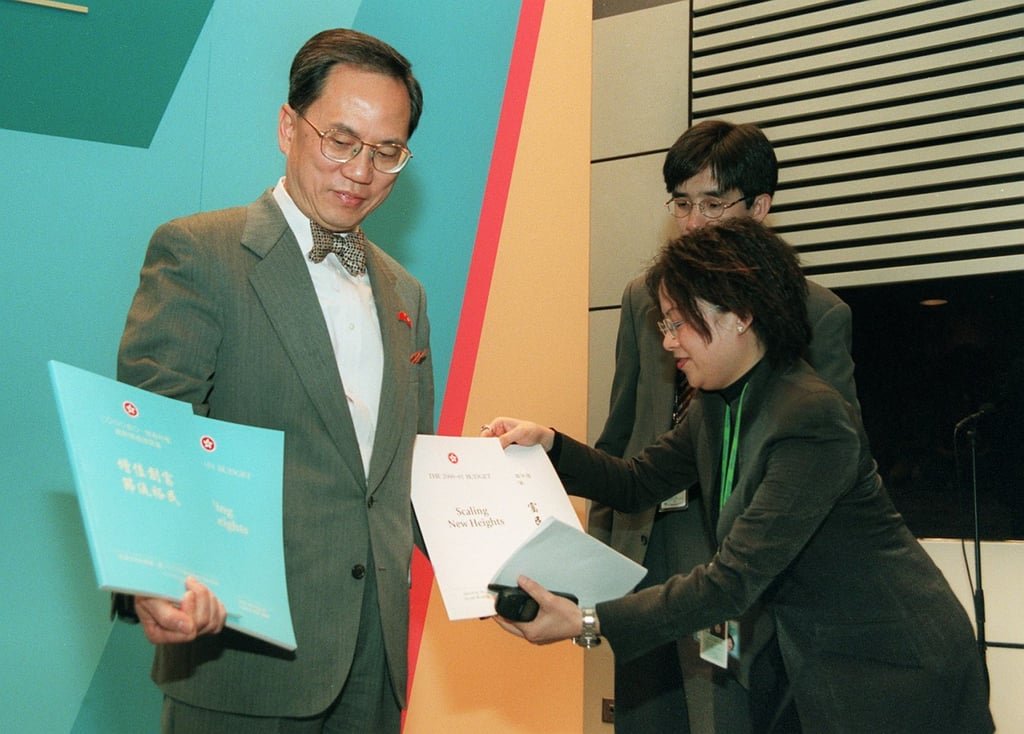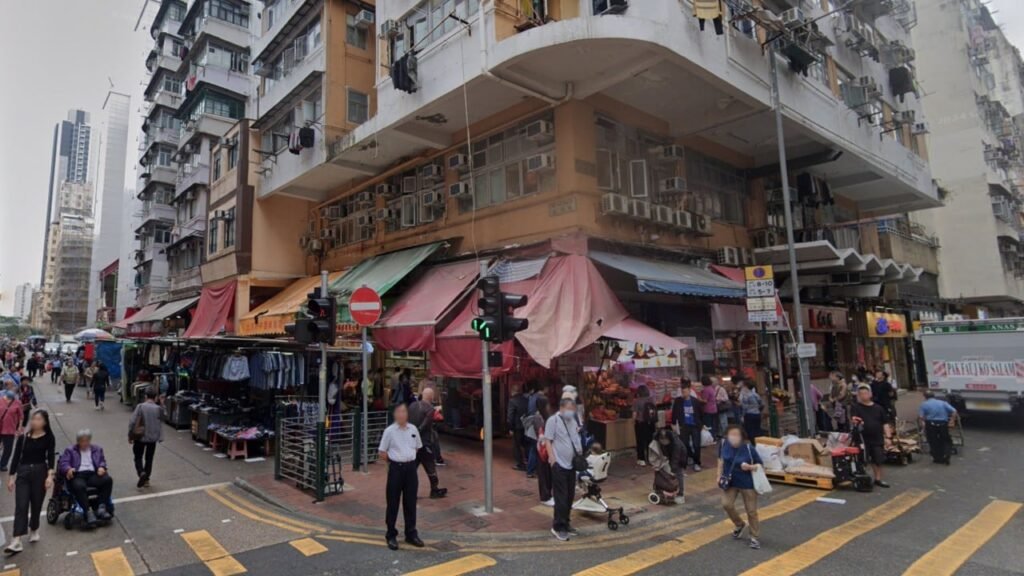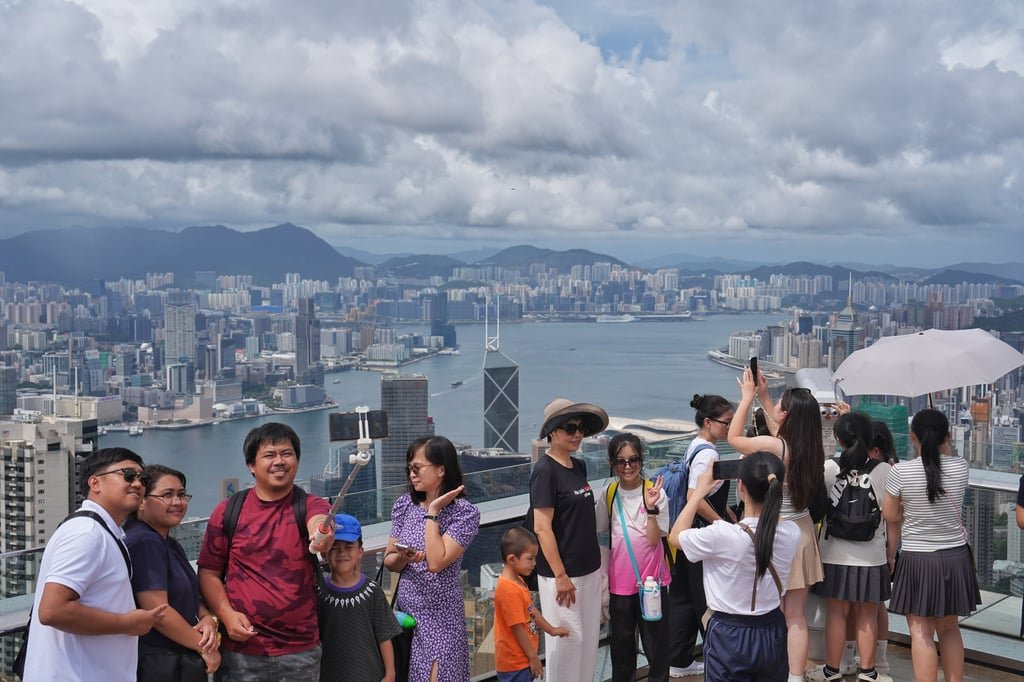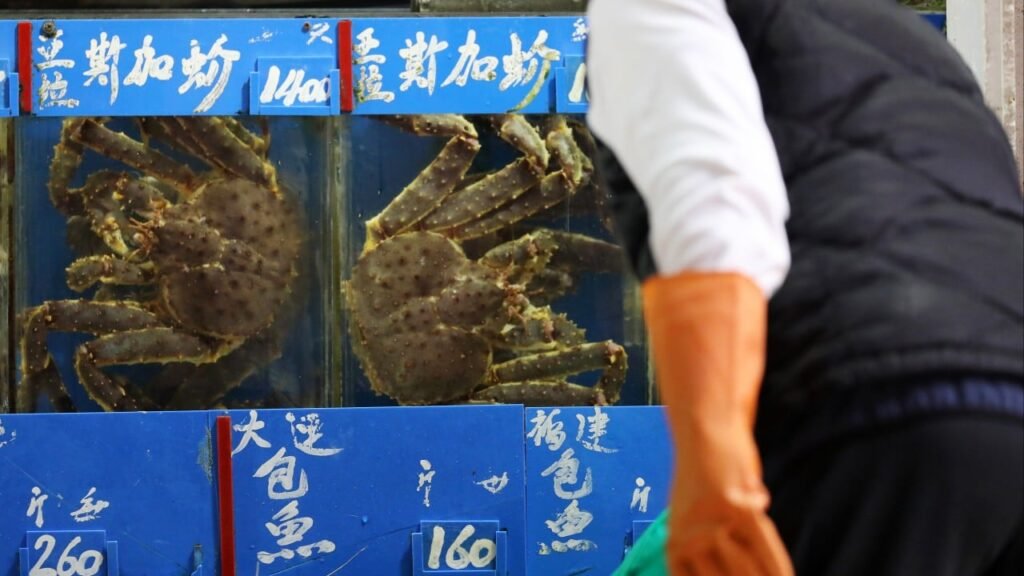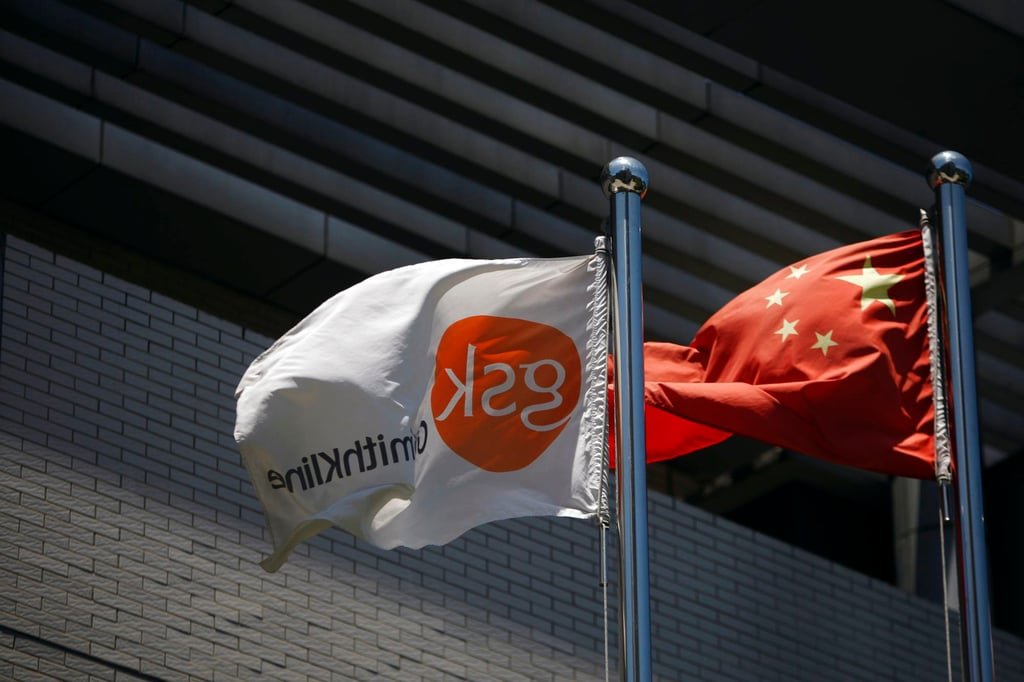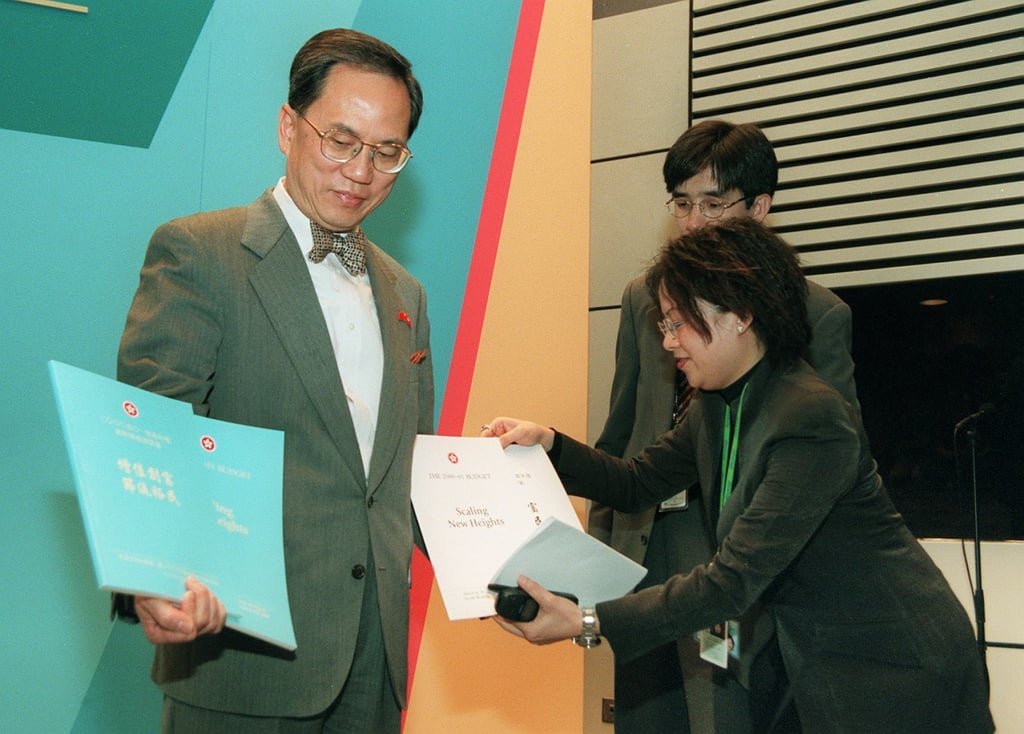Policymakers in the Greater Bay Area are no longer just thinking about sustainability; they are setting it in motion. With the development zone becoming a hub for experimentation in smart infrastructure and climate innovation, the time is ripe to consider a low-carbon tourism corridor linking cities through cleaner and smarter ways to travel.
Hong Kong has taken important first steps. The city’s newly launched 400-seat electric ferry is capable of up to 52 daily trips. Trial runs are also under way for a second electric vessel. But the shift to a green tourism economy cannot rest on hardware alone. It must be matched by systems, partnerships and experiences that reflect the changing priorities of today’s travellers.
Neighbouring Shenzhen can offer valuable insight into this aspect. As of early this year, the city was home to over 1.3 million electric vehicles (EVs), or 28.6 per cent of its fleet. Shenzhen was the first city in the world to fully electrify its bus and taxi networks. The city boasts more than 370,000 charging stations. This transformation has been built on years of forward-looking and coordinated policy and collaboration between government and industry. The pace of Shenzhen’s progress may not be replicable everywhere, but the mindset is transferable.
